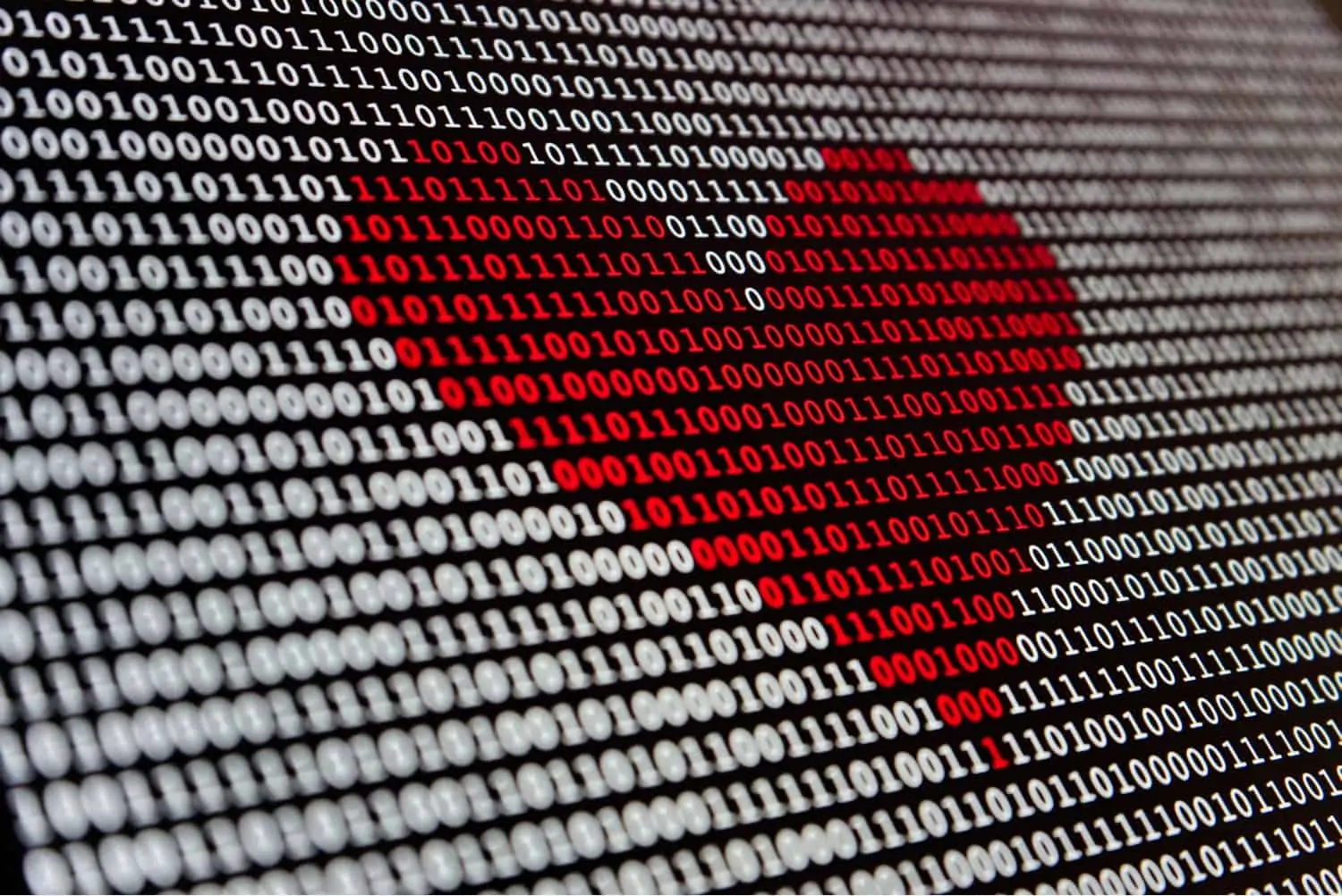Oluwamayowa O. Ogundaini, Cape Peninsula University of Technology
Information and communication technologies can dramatically improve healthcare delivery. They can make communication and exchange of information between healthcare professionals easier. And patients can consult doctors remotely.
Some of the most commonly used information and communication technologies in the delivery of healthcare are electronic health records. These digital records are used to manage information such as a patient’s medical history, doctors’ notes and scheduled appointments. This allows healthcare workers to access a patient recorders remotely.
Making technology part of routine health service delivery has a downside, however.
A number of unintended consequences can come with technology-enabled health services. These include disruptions due to power failure, and sudden faults in technology while professionals are attending to patients.
In a recent study my colleagues and I spoke to healthcare workers at a tertiary hospital in South Africa. We wanted to understand which unintended consequences they experience when using technology in the course of their work.
The healthcare workers identified a number of problems. These included having to multi-task by responding to work-related texts from colleagues during a patient consultation. They also had to find other ways to retrieve patient records when digital systems such as picture archiving and communication systems were down.
Failure to identify, understand and address the implications of unintended consequences is an obstacle to quality healthcare. Whoever designs health information and communication technologies had to carefully consider the tasks that medical professionals perform and what the technologies can do.
Information technology in hospitals
We asked 12 healthcare workers to show us how they used technology in their work. This gave us a picture of the current work flow and how communications technology helped or hindered activities. We also discussed what the ideal situation would be in clinical settings such as hospitals. This research was a qualitative study which sought to engage participants to acquire in-depth information. We focused on work activities and how they informed the use of technology.
The healthcare workers in this study used digital hospital information systems and mobile applications to access patient records and share information in real time. They also used this technology to refer patients from lower-tier facilities such as clinics, to seek clinical advice and to exchange patient information such as medical images.
Before these communications technologies were introduced, patient records and referrals were paper-based. This required a potter or messenger to take notes from one point to the next – that is usually time-consuming. But the professionals said notifications from the mobile app were disruptive. For instance, the app interrupted consultation sessions with patients because the doctors had to multitask. When doctors were on duty on a 12-hour or 24-hour shift, they had to respond to trauma cases in the hospital and to remote referrals through the mobile app.
They were concerned that it would seem unprofessional to use their mobile phones in the presence of a patient. Mostly, it was disruptive – especially when notifications were non-emergency questions while they were dealing with trauma cases.
Healthcare workers said hospital information systems were sometimes unreliable. The systems included an electronic database where patient clinical notes and patient records were stored, and a picture archiving and communication system to retrieve scanned clinical notes and medical images. To access these systems workers need access to desktop computers and mobile devices. Downtime as a result of power outages or technical faults made these systems slow and sometimes unreliable.
Study participants suggested that paper could be more reliable. Paper records were reliable to a certain extent because they don’t require an electric power source or data costs. But paper is susceptible to damage and loss. Paper record can also not be shared or accessed by multiple healthcare professionals or institutions at the same time.
The usefulness of health information and communication technologies depends on the users’ experiences. The technology is meant to improve the work of healthcare professionals. But unanticipated problems will influence how technology-enabled work activities are perceived.
Our findings show that healthcare professionals view technology as useful when it adds to their work performance. This means information and communication technology must be easy to use without surprises that get in the way of completing their work.
Recommendations
Ideally, a hybrid of paper and technology should be used to support the activities of healthcare professionals. This would ensure work flow was uninterrupted by unintended consequences. Combining digital technologies and paper-based records can seamlessly facilitate the execution of work activities during healthcare service delivery.
In hospital settings work activities such as consultations, remote referrals and treatment plan management require different tools. These include health-related smart mobile devices and desktop computers. It’s important that mobile applications are designed with specific context in mind. For example, a mobile app can be used to record the clinical notes generated during consultations between doctors and patients. This would allow doctors to pay full attention to their patients and have access to the digital transcripts.
Features such as voice-activated commands and solar-powered electronic systems could be incorporated into communications technology that healthcare professionals already use. In this way, information is swiftly available in an electronic format and less time can be spent on writing and filing paper records.
Hospital information systems need to enable users to read and write on desktop computers as well as mobile platforms to reduce duplication errors. This ensures that doctors have full control when updating the necessary information for treatment plans and patient visits.
Oluwamayowa O. Ogundaini, Lecturer, Information Technology, Cape Peninsula University of Technology
This article is republished from The Conversation under a Creative Commons license. Read the original article.
